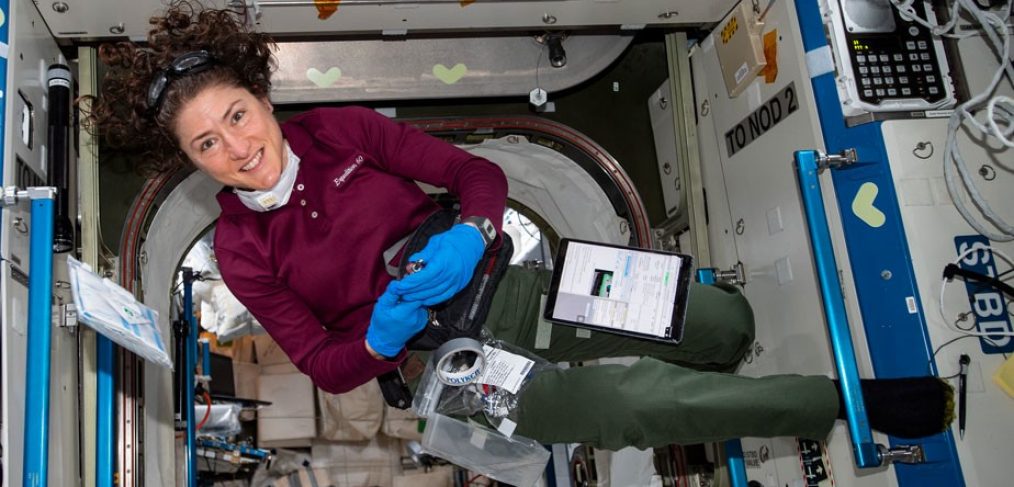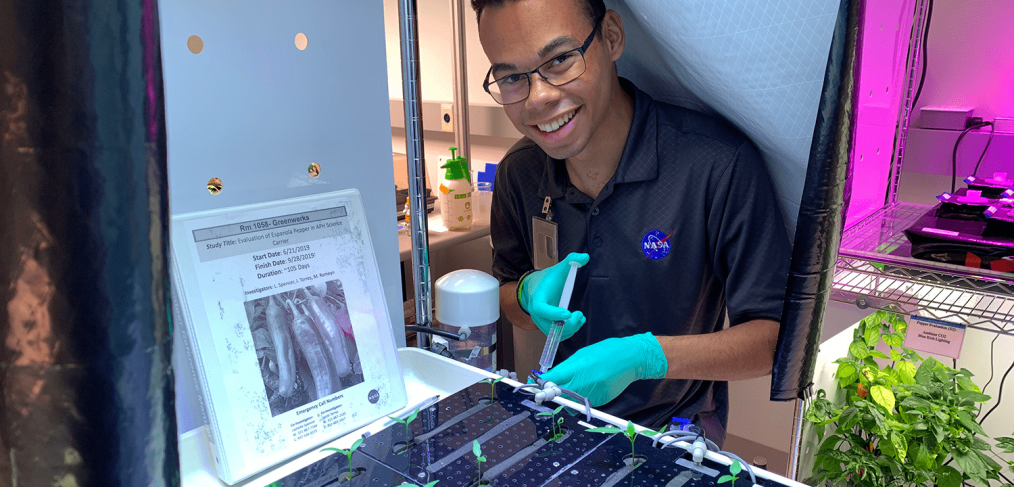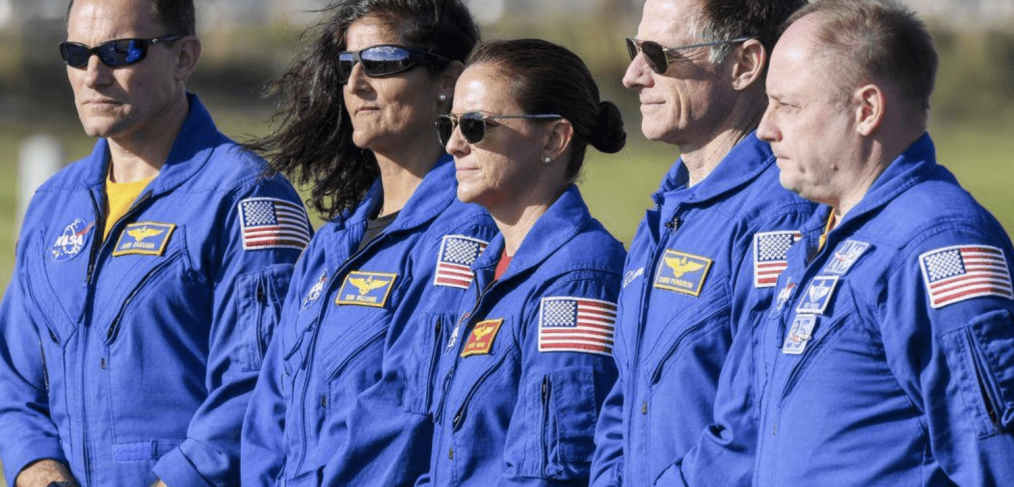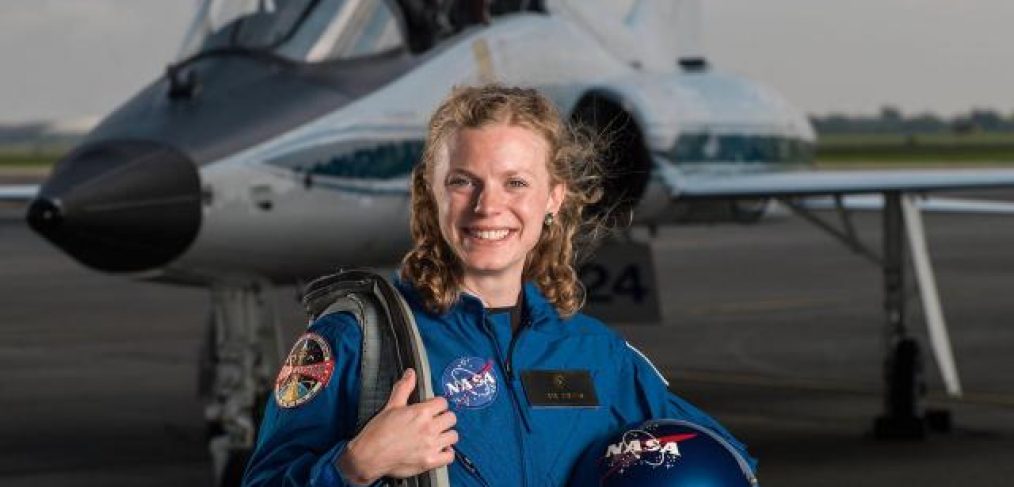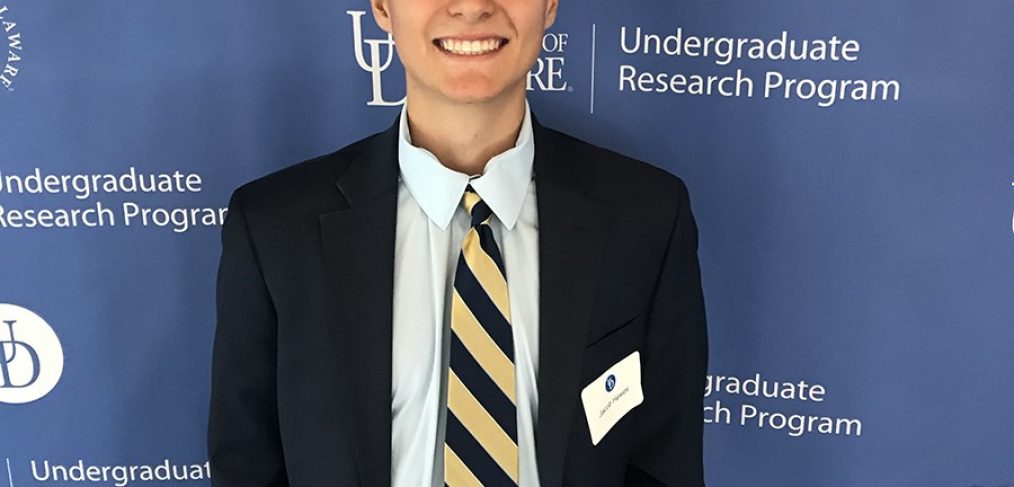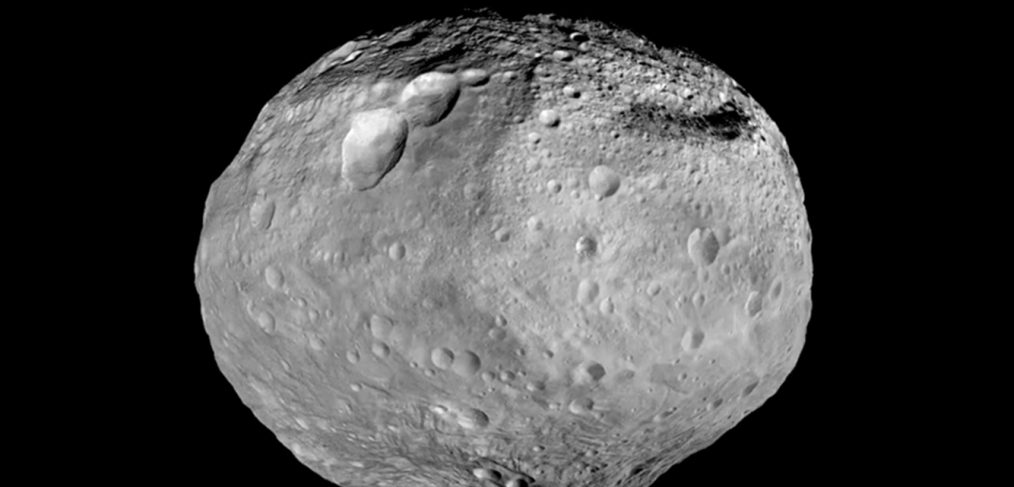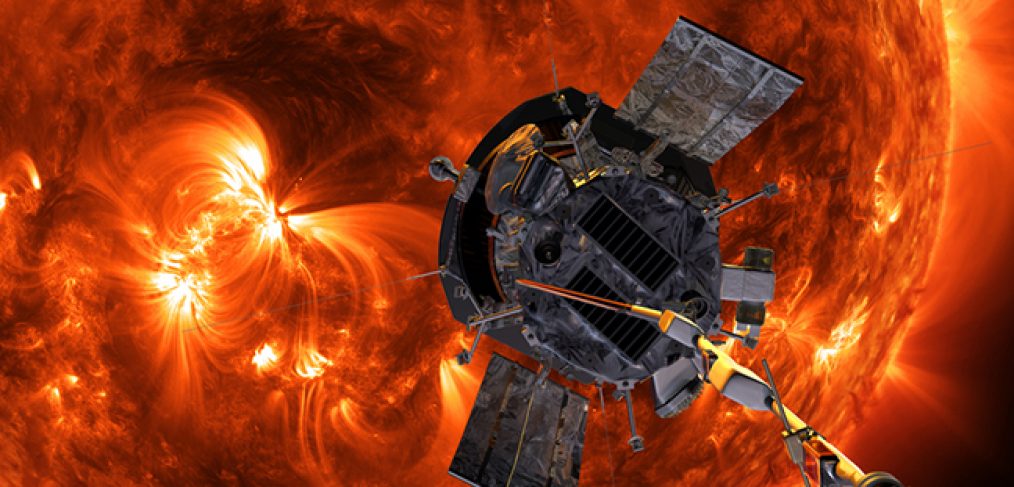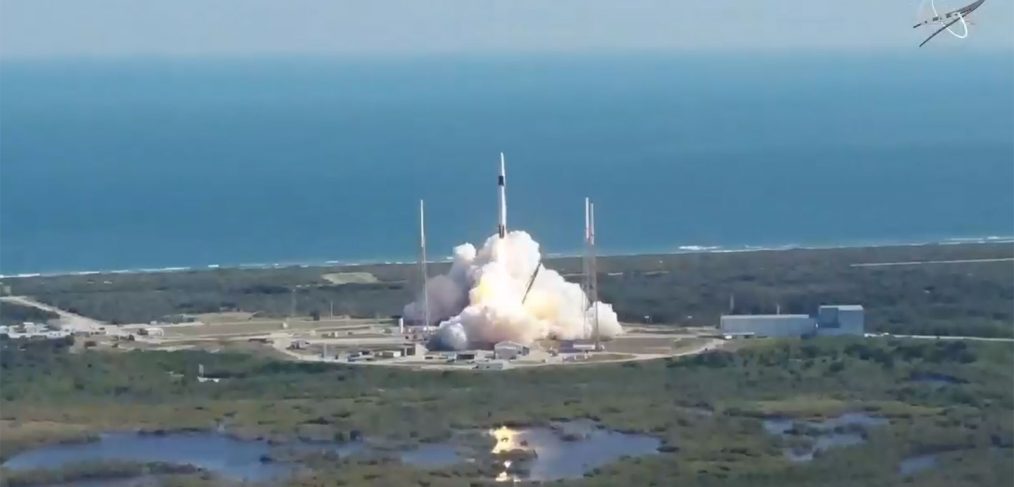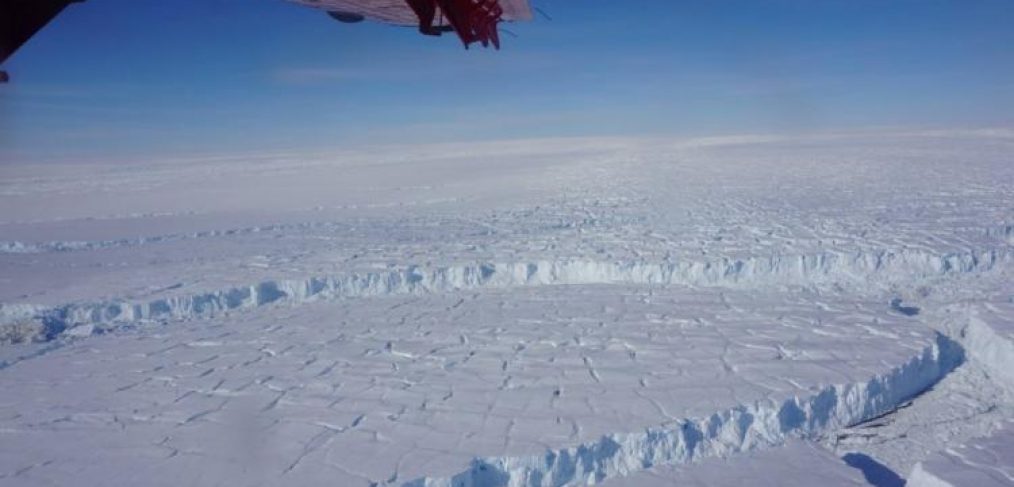NASA astronaut Christina Koch has just set a new record for the longest spaceflight by a woman! On December 28, Koch officially exceeded fellow NASA astronaut Peggy Whitson’s 2017 record of 289 days and 5 hours. Koch’s original flight was supposed to be only 6 months long, but NASA extended her stay on the International Space Station (ISS) – in part to collect more data about how human bodies function after long periods in space. “It is a wonderful thing for science,” Koch said in an interview this week from the ISS. “We see another aspect of how the human body is affected by microgravity for the long term. That is really important for our future spaceflight plans, going forward to the moon and Mars…. Having the opportunity to be up here for so long is truly an honor.”
Read more about Astronaut Christina Koch and her mission here.
📸: @NASA
